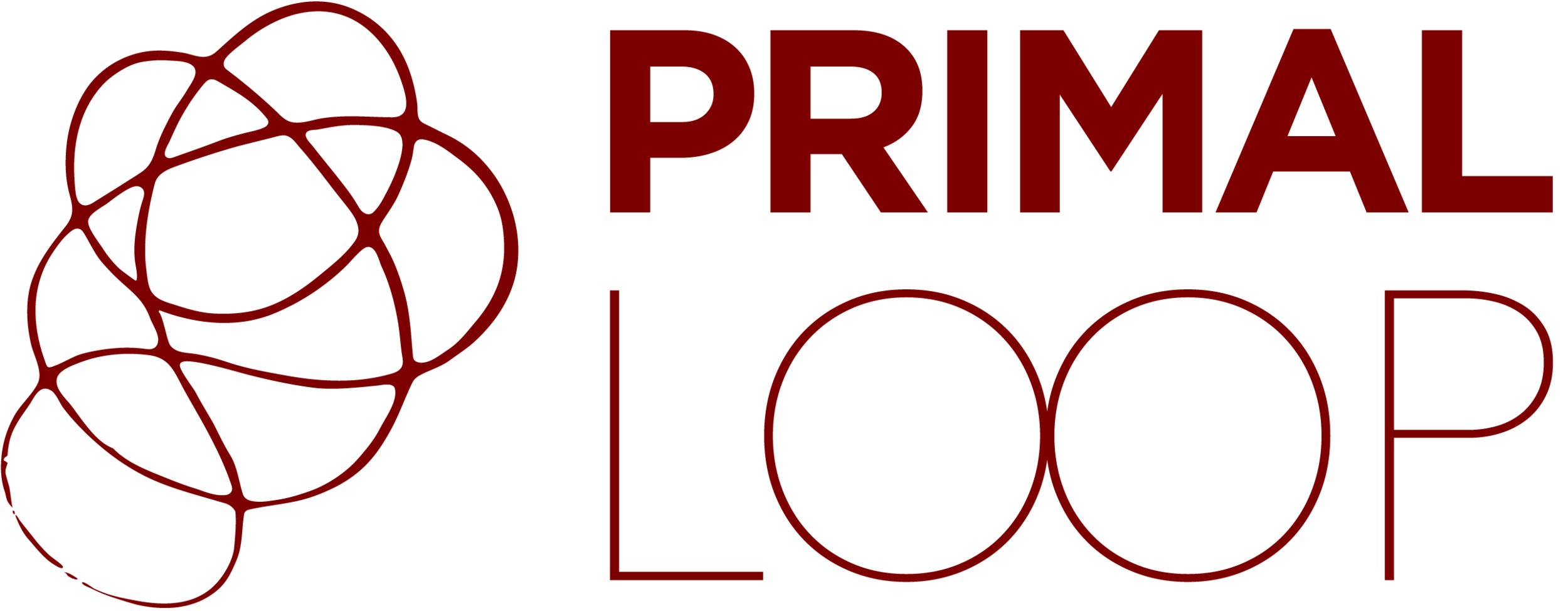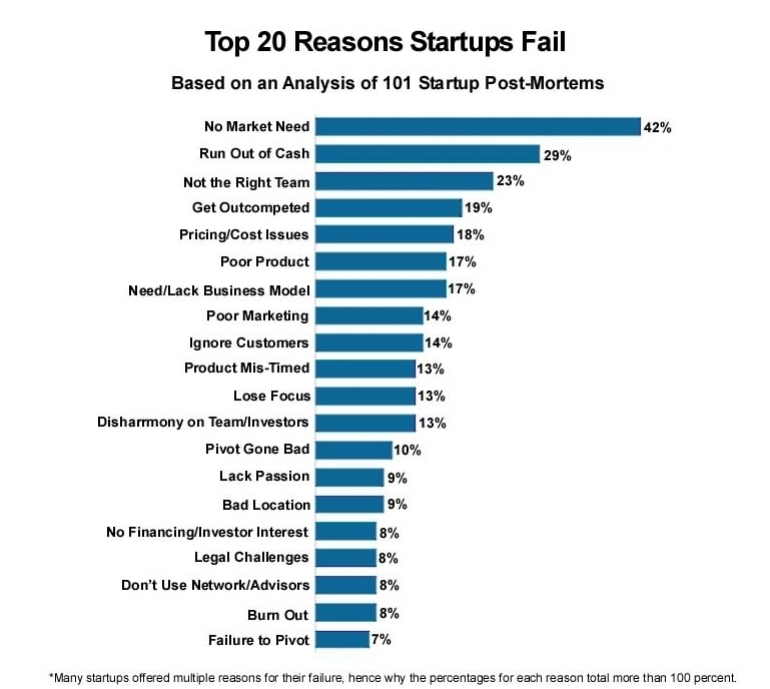Design Culture: Little Steps, Big Impact
You’re probably not alone if you’ve ever worked for a company that prioritizes financial opportunities over producing and maintaining great products for their customers. Turning a profit is just the nature of business, and has been for a very long time. But who’s to say a business can’t profit from placing the customer’s wants and needs at the forefront?
Design allows a company to innovate and evolve their product or service over time to suit their market fit. Because consumers demand more from companies today, you must be willing to hear them out and discuss amongst your team the different problems with your product. You’ll then need to pinpoint a problem, write it down, visualize it, and map out ways towards multiple solutions.
Steve Vassallo -- entrepreneurial guru, Foundation Capital partner, and keynote speaker at SXSW design thinking panel -- mentioned in his book The Way to Design that design is not just non-negotiable for building the great companies of the future, but will also be a key differentiator for successful companies.
When we think of design, it’s important not to box in the term with a strictly stylistic connotation. Best said by Vassallo, “Design is the what. What should you be building? What’s the right opportunity to go after? What’s the right problem to solve?” These questions are common for designers and companies that incorporate design and they’re essential to understanding and empathizing with your audience.
Collaborate to Identify Key Problems
Modern companies will learn to employ design processes that are lightweight, creative, and iterative when it comes to identifying problems and providing multiple solutions.
When we say lightweight, we mean processes that are simple, non-restrictive, and place emphasis on collaboration with other teammates. This means no laptops, phones, or other devices that can inhibit your ability to participate. Dare we say no fidget spinners or checking the latest price of bitcoin?
Allow everyone to contribute to the discussion -- make sure to facilitate the conversation because sometimes the quietest person in the room has the most insightful ideas. Write ideas down and create a chart that visualizes what solutions need to be met and how the team plans of getting there. Humans are naturally visual species, so don’t be afraid to tap into this. Have some speed rounds, be loud, be vocal -- remember, design thinking is a messy, holistic, and creative strategy for addressing problems of all levels of importance.
After you and your team have communicated every problem, it’s time to begin working towards a prototype. It may be at this point where having a designer on your team could help the most.
Photo by @matthew_henry
“A designer partner will be a compulsive design doer,” said Vassallo. “They will rush to prototype, storyboard, create mock-ups, and models. It’s extremely powerful, especially in your earliest days as a company, to have someone who can convert your abstract ideas into something with existential heft.”
A tangible prototype also opens up a visual line of communication for your team. It doesn’t matter how complex this prototype is, as long as it addresses one of the problems that your team has brought forth. Prototype with a purpose. Test it, analyze it, receive helpful feedback, and determine the next steps towards improving your product. The more you iterate, the better.
Design iteration helps your team reconfirm that the product they’ve built adds value to its users. It’s taking small details in a prototype and working with them instead of building an unfinished product and passing it onto your client. This approach is much more cost-effective, maintains good client relationships, and gives your stakeholders the best visibility of the progress your team has made.
Product-Market Fit is a Fluid
Once you’ve achieved a functional prototype, don’t stop. Always look for new ways to innovate your product -- because the competitive landscape of technology is ever-changing and regularly allows for new features and functions. Consumers will always want and expect more, newer problems could arise, or a competitive company could roll out a product that better suits the market. This is why it’s essential for companies, especially startups, to understand the market.
Product-market fit isn’t something you achieve; it’s something you continue to learn and grow with because it’s always transitioning. It is the value of how your product will fit within a given market. It’s the questions of figuring out what problem your product will address, is the problem serious enough to even consider a “market”, what is the target audience, and can your product be effectively replicated at a cheaper cost?
These are all questions startups need to consider -- because the number one reason why most startups fail isn’t because of cash flow, poor marketing, or team disagreements. In fact, CB Insights estimates that 42% of startups fail because there’s simply no market for their product. So what may sound like a great product to your team can have absolutely no use to consumers if it doesn’t fit the right market.
Source: CB Insights
CB Insights’ survey also revealed that these failing startups only had a lifespan of about 20 months. So without a plan to test the market before launching a product, your company may be at a significant disadvantage. It’s important to take risks and distinguish your product, but don’t let your resources go to waste by not understanding how your product will fit within a market.
Making Design a Core Value of Your Business
Design has shown to yield repeatable success in companies -- especially those that incorporate a design culture. But how do you inject these values into your company’s structure?
First, you should try to identify employees within the company that live and breathe solutions for your customers. Ones that aren’t afraid to point out the fundamental problems, receive all sorts of feedback and collaborate with other teammates. After all, everyone in the company is working towards a common goal.
Next, it’s time to bring everyone to the table. We believe the best teams are formed by creating a multidisciplinary environment in which each participant brings a unique voice and experience. It doesn’t matter which industry these thinkers come from or what they specialize in; you’ll need them to look at the same problem from different perspectives.
Multidisciplinary collaboration can also give you a better understanding of how a wider range of people view your product or idea. They’ll bring their own prior experiences and provide helpful input that will only improve your prototypes down the road. Don't underestimate the value of diverse feedback.
When we think of doing business with a customer-centric approach instead of just seeking out the financial opportunities, we’re able to create models that are flexible and can address the changing desires of consumers. It’s only possible to take this approach when you allow your employees to simply think and share ideas.
The great thing about design is that not everyone has to be a designer to participate. Design just requires an openness to discovering new ways to solve all sorts of problems, and most importantly, allows a company to center themselves around the customer.
If you want to know more about design thinking strategies, feel free to explore our blog. We also provide great insight on many different aspects of design, like the benefits of an Agile development cycle, crafting the user experience, and user interface innovation.






